Japanese company Ainex has recently announced an ingenious solution to hide GPU PCI-Express power cables by reversing the orientation of the power cable. The adapters feature a compact size so can be used in parallel for power-intensive devices, the adapters are available in upper and lower latch versions to accommodate all cards. Ainex is offering 4 models for 6 and 8 pin connectors ranging from 600 - 700 yen (~6-7 USD) with shipping starting on November 25. The adapters are unlikely to see an official international release however you can likely import the item or find similar products online.
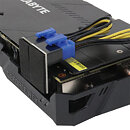
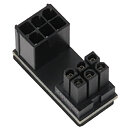
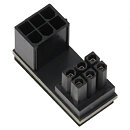
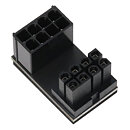
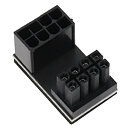
Product Lineup
View at TechPowerUp Main Site





Product Lineup
- PX-PCIE6CI: RRP 600 yen (~6 USD)
- PX-PCIE6CO: RRP 600 yen (~6 USD)
- PX-PCIE8CI: RRP 700 yen (~7 USD)
- PX-PCIE8CO: RRP 700 yen (~7 USD)
View at TechPowerUp Main Site








